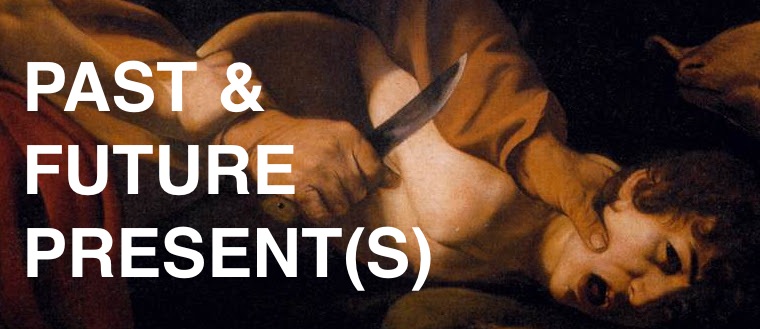Proceeding further in the modern history to the period following the first third of the twentieth century, to the 1936 revolution: the great armed revolution in the history of the Palestinian Arab people, we’ll see other glorious pages in the history of Gaza, the most prominent of them tells of that day when the British Commander was awakened early in the morning by one of his officers who told him that the people of Gaza had destroyed the railway between Gaza and the village of Asdod (the Arab press often erroneously uses the Israeli name “Ashdod” instead of the Arab name). Thus, the most important means of communication of the enemy as well as the troops’ operations were stopped.
What happened that night was that all the inhabitants of Gaza; men and women, young and old, went to the rails and plucked them away with their simple tools or even with their nails, and threw them away. Then they burnt the wood and planted the track with branches and burnt wood. Some of the inhabitants of Gaza nowadays still point at the ceilings of their house and say proudly: “These iron rails were the railway of the British Mandate.”
When the British Mandate constructed anew the railway between Gaza and Asdod with the help of his own troops, the armed groups of the revolution from the south changed their technique and used to lay mines under the rails and the sight of derailed military trains became a familiar one. In retaliation, the British Military Commander used to put the Muslim sheiks, the Christian clergymen, school boys and a member of every family in Gaza in a separate vehicle called a “trolly” driven in front of the military train to prevent the rebels from laying mines under military trains, otherwise they will explode under the trolley. Nevertheless, the armed revolution never slackened its pace and mines were made in such a way as to explode only beneath a heavy burden: the burden of the military train itself.
Casting a look at the history of this city will surely lead one to its main street that divides the city into two halves. It was named after the great Libyan hero Omar al-Mukhtar because when the Italian invaders captured this great hero, tried and hanged him afterwards, the whole city of Gaza demonstrated against this persecution and raised high a board with the name of the great Libyan hero and the main street in the city was named after him. Gaza had nothing else to offer the Libyan martyr.
Mu’in Bseiso, Gaza Muqawama Da'ima (Beirut, 1973)

